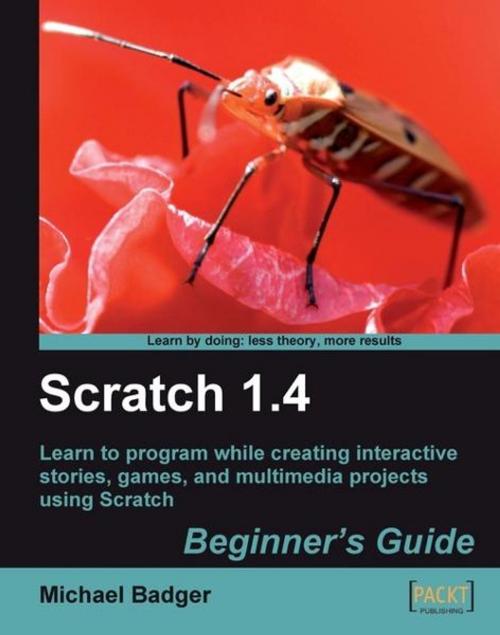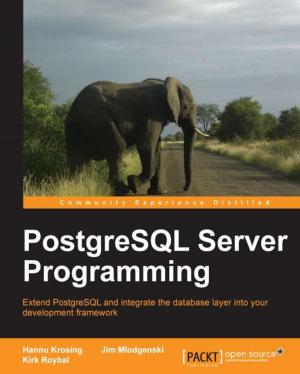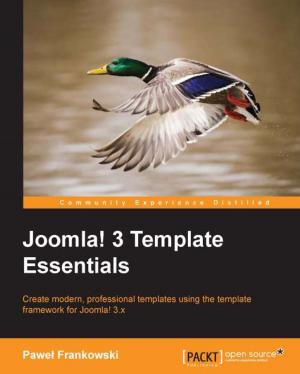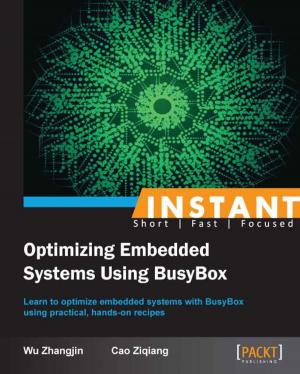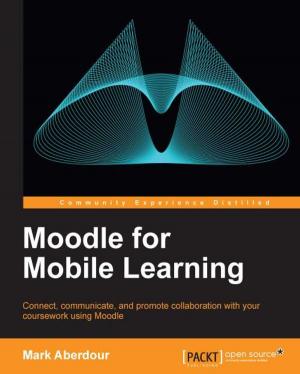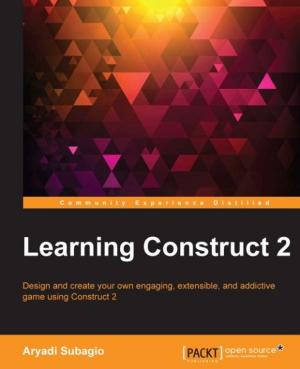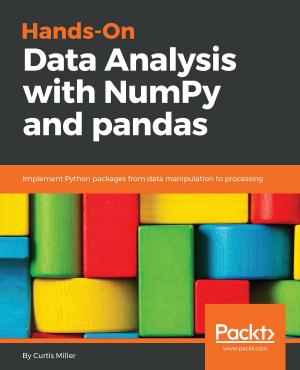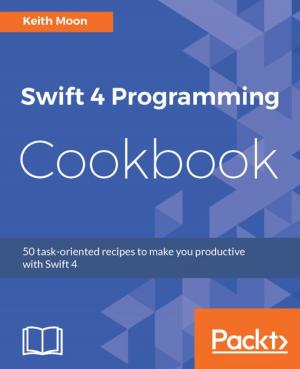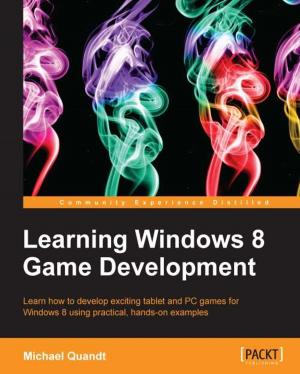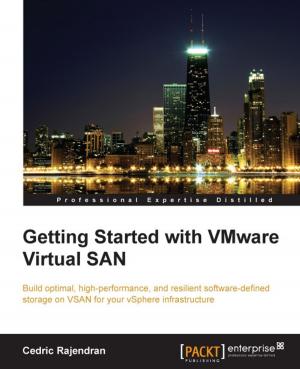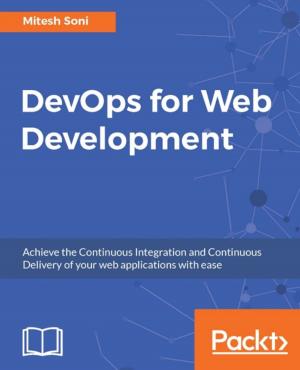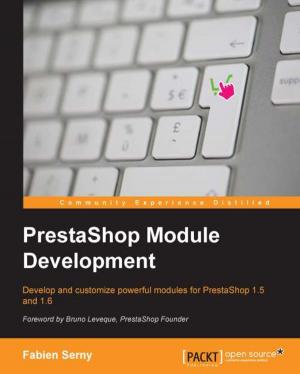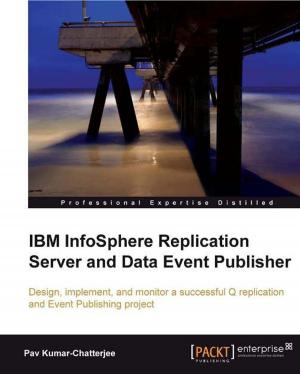| Author: | Michael Badger | ISBN: | 9781847196774 |
| Publisher: | Packt Publishing | Publication: | July 13, 2009 |
| Imprint: | Packt Publishing | Language: | English |
| Author: | Michael Badger |
| ISBN: | 9781847196774 |
| Publisher: | Packt Publishing |
| Publication: | July 13, 2009 |
| Imprint: | Packt Publishing |
| Language: | English |
This is a Packt Beginners Guide, which means it focuses on practical examples and has a friendly approach, with the opportunity to learn by experiment and play. We work through the project tutorials one block of code at a time, and we periodically pause to reflect on the relationship between our code blocks, our project, and Scratch programming in general. As you work through the book, you are encouraged to experiment with the concepts presented. As each chapter in the book progresses, the topics get increasingly more complex. Scratch is a teaching language, so it's ideal for people who want to learn how to program or teach others how to program. Educators and parents will learn how to program using Scratch, so they can use Scratch to teach the latest learning skills to their students and children. No previous computer programming knowledge is required. You only need to know how to perform basic tasks on a computer and this book will teach the rest. You can then use it as a platform to learn more advanced programming languages. Parents, stuck with a child who wants to play video games all night? Make a new rule. He can only play a video game if he programs the game first.
This is a Packt Beginners Guide, which means it focuses on practical examples and has a friendly approach, with the opportunity to learn by experiment and play. We work through the project tutorials one block of code at a time, and we periodically pause to reflect on the relationship between our code blocks, our project, and Scratch programming in general. As you work through the book, you are encouraged to experiment with the concepts presented. As each chapter in the book progresses, the topics get increasingly more complex. Scratch is a teaching language, so it's ideal for people who want to learn how to program or teach others how to program. Educators and parents will learn how to program using Scratch, so they can use Scratch to teach the latest learning skills to their students and children. No previous computer programming knowledge is required. You only need to know how to perform basic tasks on a computer and this book will teach the rest. You can then use it as a platform to learn more advanced programming languages. Parents, stuck with a child who wants to play video games all night? Make a new rule. He can only play a video game if he programs the game first.
